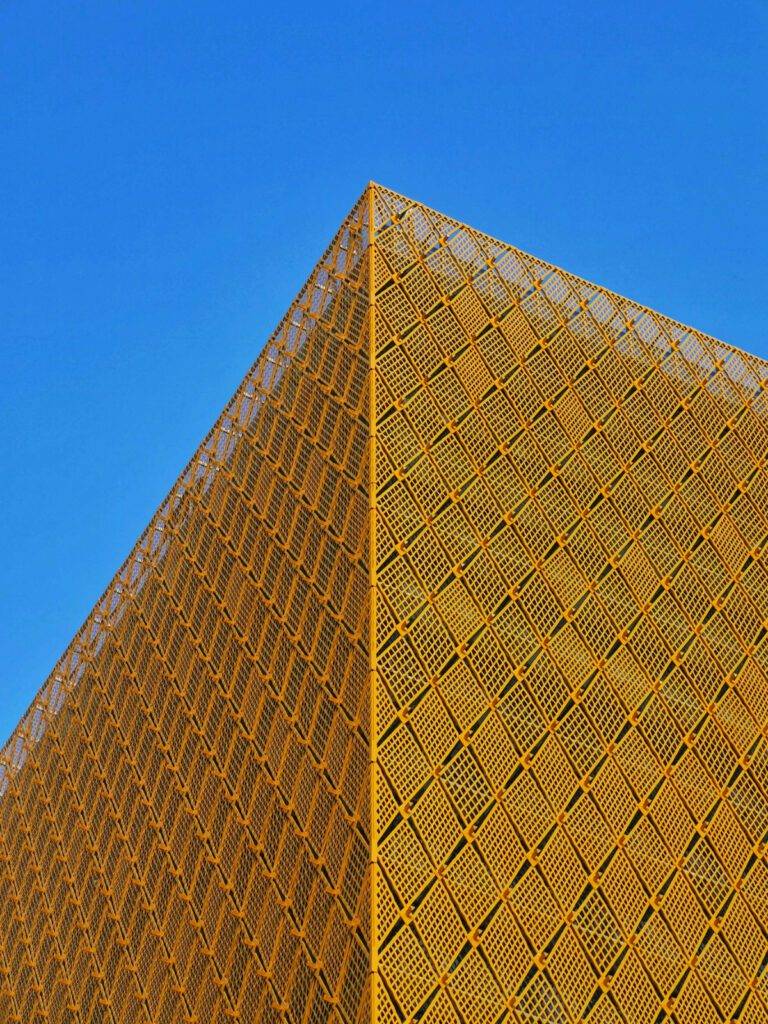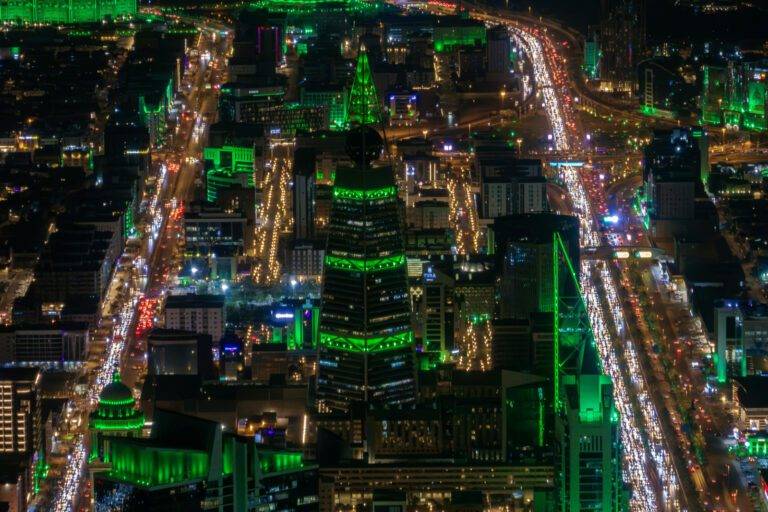Fly west to Jeddah and spend two days exploring Al Balad and the Corniche.
Visit the Abdul Raouf Khalil Museum to see artefacts from pre‑Islamic times to the present, then relax at a seafood dinner on the Corniche.
On Day 9 travel north to AlUla for a deep dive into Hegra’s tombs and the oasis’s rock formations. Spend an extra day hiking the oasis’s canyons or joining a hot‑air balloon ride for sunrise views.
Day 11 takes you high into the Hejaz Mountains. In Taif, perched at around 1,800 m, enjoy cool breezes and fragrant gardens. Visit rose farms during the spring harvest, tour Shubra Palace, built in 1905 and once used as King Abdulaziz’s summer residence, and ride the cable car down Al Hada Mountain’s winding road.
Sample rose‑infused sweets and stroll through local markets selling dried fruit and honey.
Next head south to Abha in the Asir region. The city sits at an elevation of 2,270 m, earning it the moniker “Bride of the Mountain”.
Explore its arts district, climb Green Mountain for panoramic views and ride the cable car to Jabal Sawda, Saudi Arabia’s highest point at 3,133 m.
Visit Shadda Palace, originally built as a fortress in 1820 and converted into a museum showcasing traditional utensils and photographs.
In the nearby village of Habala you’ll see houses built into cliffs accessed by rope ladders; today a cable car eases the journey.
Continue to Rijal Almaa, where 60 stone towers adorned with white crystals and colourful Al‑Qatt Al‑Asiri murals preserve the memory of an ancient trade hub.
The village’s heritage museum, housed in a 400‑year‑old palace, contains more than 2,000 artefacts. Restoration efforts and community tourism have earned Rijal Almaa recognition as one of the World Tourism Organization’s best tourism villages. Spend a night in a guesthouse and enjoy Asiri dishes such as haneeth and aseeda.
Finish your trip with two days on the Red Sea coast, either in Yanbu or the small town of Umluj. Yanbu, one of the oldest ports on the Red Sea, once served as a gateway linking East Africa, the Arabian Peninsula and the Mediterranean.
Stroll through its old town, relax on white‑sand beaches and dive among coral reefs teeming with fish.
Alternatively, base yourself in Umluj, where boat tours take you to uninhabited islands and clear lagoons often dubbed the “Saudi Maldives.”



